Muhammad Faisal
From Pixels to Words: Leveraging Explainability in Face Recognition through Interactive Natural Language Processing
Sep 24, 2024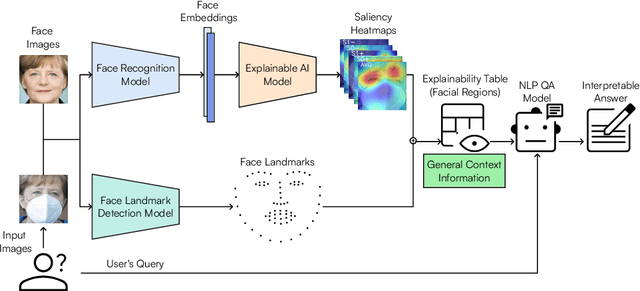


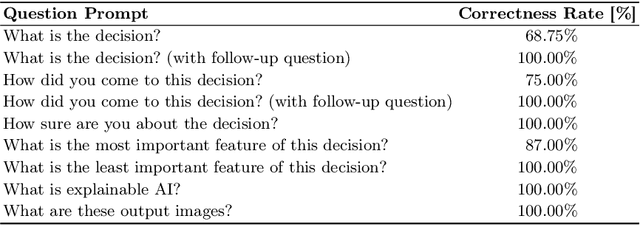
Abstract:Face Recognition (FR) has advanced significantly with the development of deep learning, achieving high accuracy in several applications. However, the lack of interpretability of these systems raises concerns about their accountability, fairness, and reliability. In the present study, we propose an interactive framework to enhance the explainability of FR models by combining model-agnostic Explainable Artificial Intelligence (XAI) and Natural Language Processing (NLP) techniques. The proposed framework is able to accurately answer various questions of the user through an interactive chatbot. In particular, the explanations generated by our proposed method are in the form of natural language text and visual representations, which for example can describe how different facial regions contribute to the similarity measure between two faces. This is achieved through the automatic analysis of the output's saliency heatmaps of the face images and a BERT question-answering model, providing users with an interface that facilitates a comprehensive understanding of the FR decisions. The proposed approach is interactive, allowing the users to ask questions to get more precise information based on the user's background knowledge. More importantly, in contrast to previous studies, our solution does not decrease the face recognition performance. We demonstrate the effectiveness of the method through different experiments, highlighting its potential to make FR systems more interpretable and user-friendly, especially in sensitive applications where decision-making transparency is crucial.
An Evaluation of RGB and LiDAR Fusion for Semantic Segmentation
Aug 17, 2021
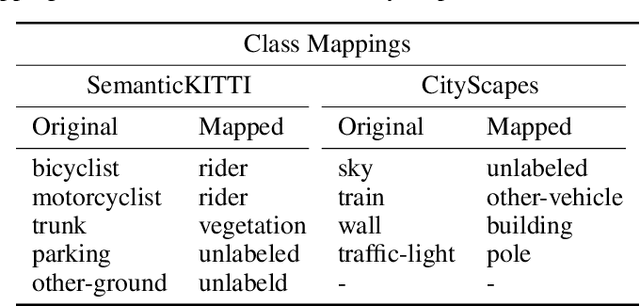
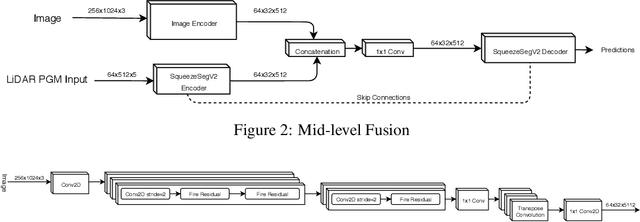

Abstract:LiDARs and cameras are the two main sensors that are planned to be included in many announced autonomous vehicles prototypes. Each of the two provides a unique form of data from a different perspective to the surrounding environment. In this paper, we explore and attempt to answer the question: is there an added benefit by fusing those two forms of data for the purpose of semantic segmentation within the context of autonomous driving? We also attempt to show at which level does said fusion prove to be the most useful. We evaluated our algorithms on the publicly available SemanticKITTI dataset. All fusion models show improvements over the base model, with the mid-level fusion showing the highest improvement of 2.7% in terms of mean Intersection over Union (mIoU) metric.
Exploiting Geometric Constraints on Dense Trajectories for Motion Saliency
Sep 29, 2019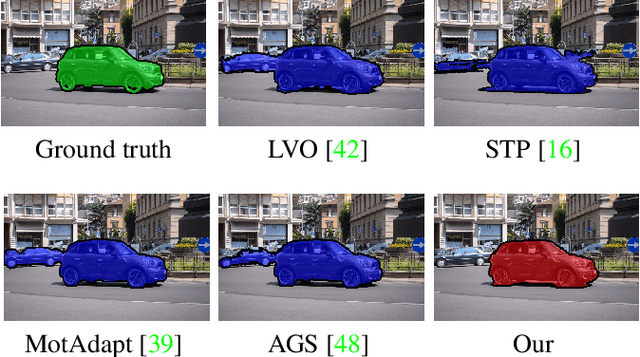

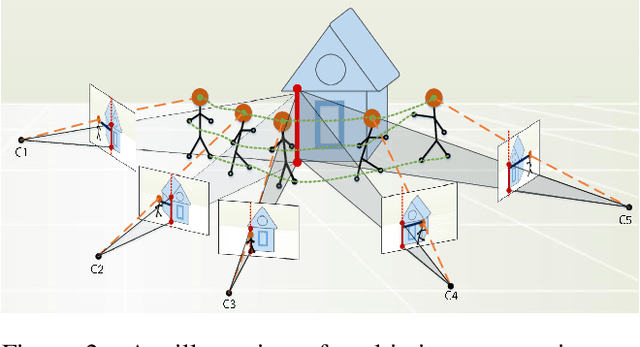

Abstract:The existing approaches for salient motion segmentation are unable to explicitly learn geometric cues and often give false detections on prominent static objects. We exploit multiview geometric constraints to avoid such mistakes. To handle nonrigid background like sea, we also propose a robust fusion mechanism between motion and appearance-based features. We find dense trajectories, covering every pixel in the video, and propose trajectory-based epipolar distances to distinguish between background and foreground regions. Trajectory epipolar distances are data-independent and can be readily computed given a few features' correspondences in the images. We show that by combining epipolar distances with optical flow, a powerful motion network can be learned. Enabling the network to leverage both of these information, we propose a simple mechanism, we call input-dropout. We outperform the previous motion network on DAVIS-2016 dataset by 5.2% in mean IoU score. By robustly fusing our motion network with an appearance network using the proposed input-dropout, we also outperform the previous methods on DAVIS-2016, 2017 and Segtrackv2 dataset.
Forecasting Drought Using Multilayer Perceptron Artificial Neural Network Model
Apr 17, 2019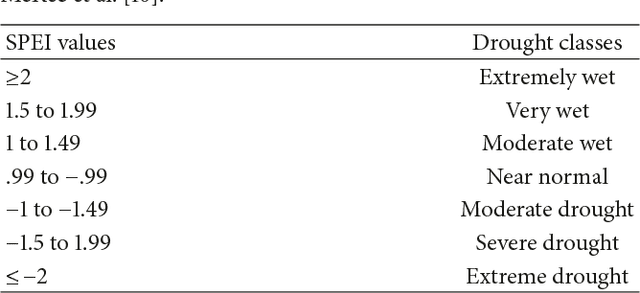
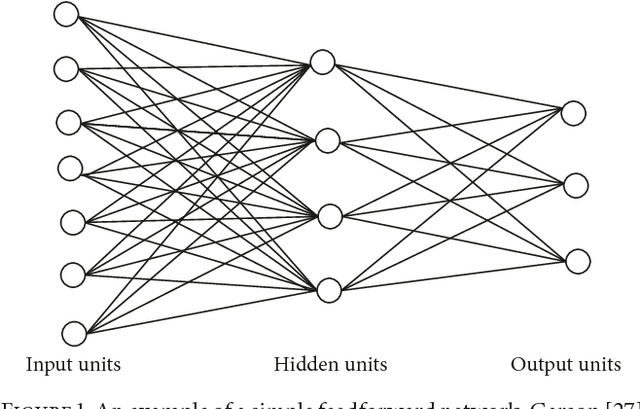
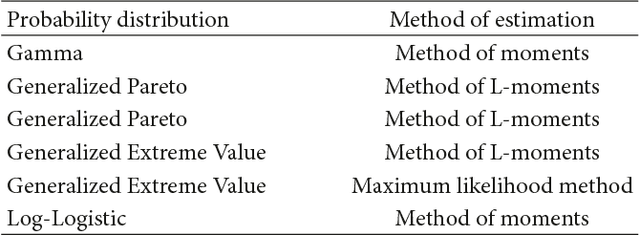
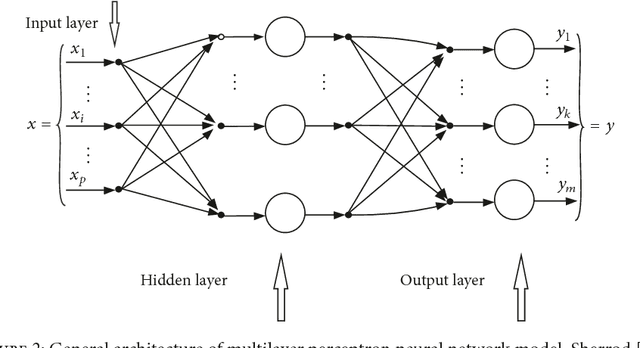
Abstract:These days human beings are facing many environmental challenges due to frequently occurring drought hazards. It may have an effect on the countrys environment, the community, and industries. Several adverse impacts of drought hazard are continued in Pakistan, including other hazards. However, early measurement and detection of drought can provide guidance to water resources management for employing drought mitigation policies. In this paper, we used a multilayer perceptron neural network (MLPNN) algorithm for drought forecasting. We applied and tested MLPNN algorithm on monthly time series data of Standardized Precipitation Evapotranspiration Index (SPEI) for seventeen climatological stations located in Northern Area and KPK (Pakistan). We found that MLPNN has potential capability for SPEI drought forecasting based on performance measures (i.e., Mean Average Error (MAE), the coefficient of correlation R, and Root Mean Square Error (RMSE). Water resources and management planner can take necessary action in advance (e.g., in water scarcity areas) by using MLPNN model as part of their decision making.
 Add to Chrome
Add to Chrome Add to Firefox
Add to Firefox Add to Edge
Add to Edge